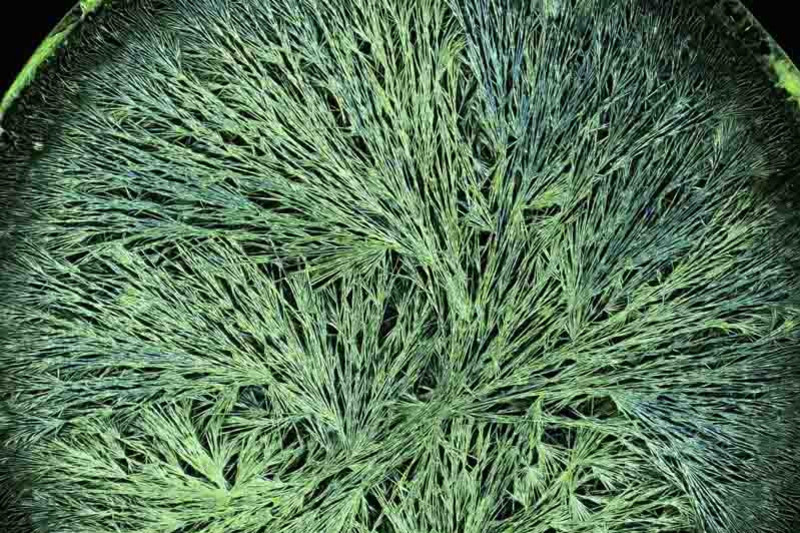New Research in Organic Wine Growing

Among national and international wine growers, an interesting development has taken place in recent years. Numerous wineries, including many that specialise in the production of premium wines, are converting from conventional to biodynamic wine growing. Over the course of time, it has become clear that biodynamic methods have a very positive impact on wine quality. This trend can be well explained by the fact that the quality, individuality and taste of a wine play a very prominent role for consumers.
Dr. Jürgen Fritz works as an independent scientist for the Gesellschaft für goetheanistische Forschung (“Association For Goetheanistic Research”) and teaches as a lecturer at the Institute for Organic Agriculture at the University of Bonn. He is currently carrying out a research project to examine how different methods of wine production can be assessed and qualitatively examined using a special imaging method. This image-creating method is specific to anthropological-oriented research. It aims to produce a visible assessment of the quality of organic matter, in this case the juice of wine grapes, in the form of an image.
The current project, which started in 2008 and will continue until 2015, is a blind study of samples from grape juice and wine from conventional, organic and biodynamic farming. The resulting images demonstrate the existing differences between products and how these can be characterized in terms of the growth processes of the plant.
The first preliminary findings show that the different grape cultivation methods have a significant impact on the vegetative and generative growth of the vine as well as on biodiversity in the vineyard. The findings identify differences in vigour between the vegetative and generative development of the vines. Vigour was clearly reduced in organic varieties, leading to a thinner canopy structure and smaller grape berries. As a result, susceptibility to decay declined. A decline in yield - a positive result in this case, due to the strong vigour of the vineyard - was also seen. The trial has received worldwide attention and there are plans underway to establish trials in several other countries.
For years, Jürgen Fritz has been successfully working with a combination of three different imaging techniques and has received recognition for his work in the scientific community. Scientific proof of quality improvements increases confidence in biodynamic cultivation methods, raising questions among professionals and amateurs alike regarding the background of the method and how it works. Thanks to the success of biodynamic wine growing, wine may become a kind of flagship product that increases interest in biodynamic agriculture as a whole.
The Software AG Foundation provided on-going financial support for the duration of the trial.
